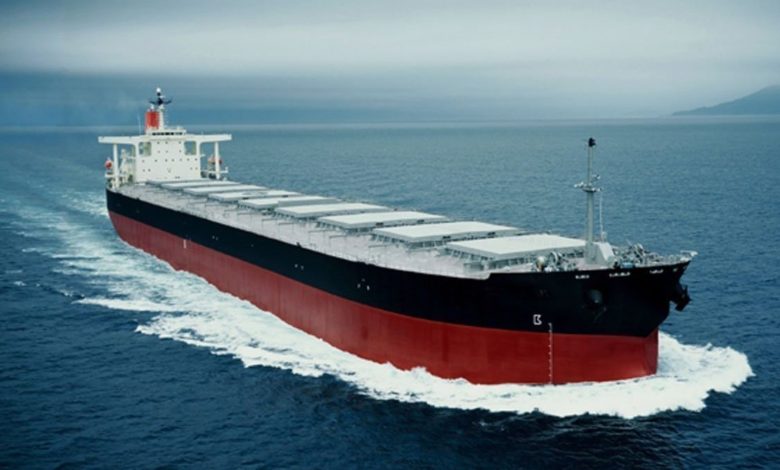Dry bulk newbuild headwinds

This year’s ordering volume exceeds the ordering activity seen in 2017, 2016, and 2015, warns Jeffrey Landsberg from Commodore Research.
Dry bulk freight rates came under significant pressure earlier this year, but this has not led to a significant decline in newbuilding orders. In January, a total of 27 newbuilding orders were placed (which marked the largest amount since September). February then saw an additional 25 orders placed, which put the two-month total at 52 newbuilding orders and works out to a monthly average of 26 orders. This is basically on par with the monthly average of 27 dry bulk newbuilding orders that were placed during all of 2018 (approximately 327 orders were placed in 2018).
This year’s newbuilding ordering volume also continues to exceed the ordering activity seen in 2017, 2016, and 2015. 2017 saw a total of approximately 293 dry bulk newbuilding orders placed, which worked out to a monthly average of 24.5 orders. 2016 saw a total of approximately 70 orders placed, which worked out to a monthly average of six orders. 2015 saw a total of approximately 173 orders placed, which worked out to a monthly average of 14.5 orders.
Dry bulk freight rates have been disappointing to many this year and signs of distress have continued to be seen throughout the global economy, but this has not led to a sharp decrease in newbuilding orders. This is unfortunate for longer-term market prospects, and there remains a great need for dry bulk scrapping volumes to jump this year. While we have seen some experts state that dry bulk scrapping volumes could jump by as much as 400% this year (due primarily to the upcoming IMO 2020 regulations), for now there has only been a moderate rise in scrapping. The first two months of this year saw a total of 22 dry bulk vessels scrapped, and this year is on pace to see a total of around 132 vessels scrapped. In comparison, approximately 73 dry bulk vessels were scrapped during all of last year.
Dry bulk scrapping volumes could definitely experience a sharp surge later this year, but this still remains to be seen. For now, scrapping continues to come in both below this year’s newbuilding ordering volume (which affects longer-term prospects) and also below this year’s newbuilding delivery volume (which affects the spot market). Again, dry bulk newbuilding ordering volume has been coming in at a monthly average of 26 orders this year and newbuilding delivery volume has been coming in at a monthly average of 32.5 deliveries. Monthly scrapping volumes, on the other hand, have averaged only 11 vessels so far this year. For the dry bulk market, this is a problem.
Also worth noting briefly is that our newbuilding delivery expectation for this year has been that 330 to 430 dry bulk vessels will be delivered. Assuming the 330 low-end of that range is seen, this would work out to a monthly newbuilding delivery average of 27.5 vessels, which would also exceed the 11-vessel monthly scrapping average that has been seen so far this year.
There are at least some positive issues being seen so far on the vessel-supply side, though, including capesize scrapping volumes continuing to exceed last year’s activity. During the first two months of this year alone, a total of nine capesize vessels were scrapped which works out to a monthly average of 4.5 vessels. In comparison, 2018 saw a total of approximately 12 capesize vessels scrapped, which worked out to a monthly average of just one vessel.
The capesize market, though, is of course still facing a very significant chance that global iron ore trade will contract this year. China has also continued to show that robust steel production growth no longer necessarily equates to any growth in iron ore imports. Global steel production outside of China has also been recently contracting on a year-on-year basis. In addition, Vale’s severe production disruptions also continue to serve as yet another impediment to global iron ore trade finding any growth this year. Overall, this year’s moderate volume of both newbuilding deliveries and also newbuilding orders continue to present headwinds for the entire dry bulk market for both the near term and longer term.
This article first appeared in the latest issue of Maritime CEO magazine, set for wide distribution across the upcoming Singapore Maritime Week. Splash readers can access the full magazine for free by clicking here.
